On May 26, 2020 the 10% Temporary Wage Subsidy FAQ was updated. The primary changes focused on the interaction with the Canada Emergency Wage Subsidy. The following questions and answers were added:
3. What if I pay tax-exempt remuneration?
If you pay tax-exempt salary, wages, bonuses, or other remuneration to an eligible employee, you can still calculate the 10% Temporary Wage Subsidy for Employers on remuneration paid from March 18, 2020 to June 19, 2020. At the end of the year, the CRA will pay the amount to you.
12. How does the 10% Temporary Wage Subsidy for Employers interact with the Canada Emergency Wage Subsidy?
The Canada Emergency Wage Subsidy (CEWS) provides a subsidy equal to 75% of the eligible remuneration paid by an eligible employer, up to a maximum of $847 per week for each eligible employee. For more information on the CEWS, see Canada Emergency Wage Subsidy .
You may be eligible for both the 10% Temporary Wage Subsidy for Employers and the CEWS. Employers who are eligible for both subsidies can only claim a maximum cumulative subsidy of 75% of the eligible remuneration that they pay. Therefore, if you are eligible for both subsidies, you must reduce your CEWS claim by any amount that you reduce your remittances by, under the 10% Temporary Wage Subsidy for Employers in the same period.
However, if you only want to claim the CEWS for a specific period, you may elect for the 10% Temporary Wage Subsidy for Employers to be equal to a lower percentage of the remuneration you pay, between 0% and 10%, for that period.
Example
You are eligible for both subsidies. You paid $20,500 of remuneration from April 12, 2020 to May 9, 2020, and calculated your 10% Temporary Wage Subsidy to be $2,050. For simplicity, you would only like to claim the CEWS. You may elect for the 10% Temporary Wage Subsidy for Employers to be equal to 0% of the remuneration you paid from April 12, 2020 to May 9, 2020. When you apply for the CEWS for the same period, you will not have to reduce your claim by the amount you were eligible for under the 10% Temporary Wage Subsidy for Employers.
Note: If you elect for the 10% Temporary Wage Subsidy for Employers to be equal to a lower percentage of the remuneration you pay, you must indicate the election on your self-identification form. For more information, see question 14.
14. Do I need to report anything to the CRA?
After the eligibility period ends on June 19, 2020, eligible employers will be required to complete a self-identification form for each payroll program account where remittances were reduced by an amount of the subsidy. The CRA will use this information to reconcile the subsidy with your payroll program account.
Eligible employers who did not reduce their remittances must also complete this form to allow the CRA to credit your payroll program account by the amount of the subsidy that you are eligible for.
If you elected for the 10% Temporary Wage Subsidy for Employers to be equal to a lower percentage of the remuneration you paid, you must indicate on your self-identification form that you reduced your remittances by a lower amount than what you were entitled to. If you fail to do so, you will be credited for the entire 10% subsidy and your CEWS claim may be reduced and recovered if necessary .
If you have a credit in your payroll program account after the subsidy is applied and your account is reconciled, the CRA will pay the amount to you or transfer it to your next year’s remittance.
The self-identification form will be posted on this page when it becomes available.
15. What if I reduce my remittances but the CRA determines that I’m not eligible for the subsidy?
If you reduced your payroll remittances, but it is later determined that you were not eligible for the subsidy, the CRA will assess you for the income tax that you deducted from your employees’ pay but did not remit. This assessment may include penalties and interest.
